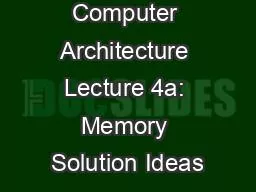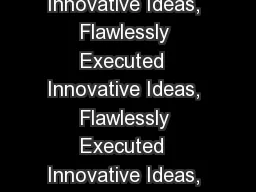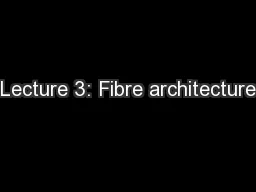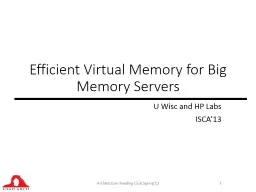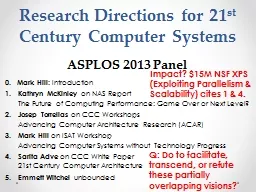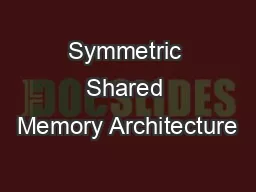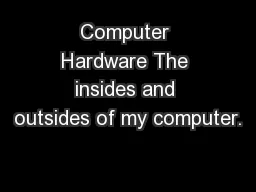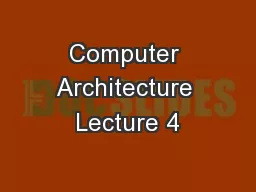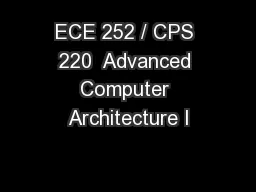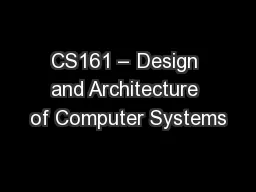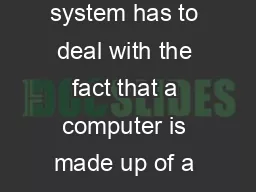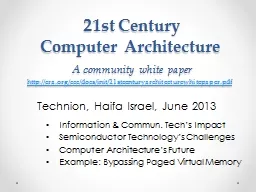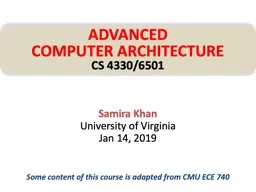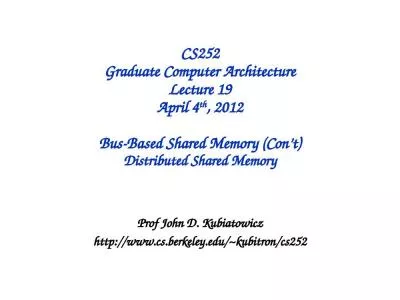PPT-Computer Architecture Lecture 4a: Memory Solution Ideas
Author : groundstimulus | Published Date : 2020-06-23
Prof Onur Mutlu ETH Zürich Fall 2019 27 September 2019 Solving the Memory Problem Fix it Make memory and controllers more intelligent New interfaces functions
Presentation Embed Code
Download Presentation
Download Presentation The PPT/PDF document "Computer Architecture Lecture 4a: Memory..." is the property of its rightful owner. Permission is granted to download and print the materials on this website for personal, non-commercial use only, and to display it on your personal computer provided you do not modify the materials and that you retain all copyright notices contained in the materials. By downloading content from our website, you accept the terms of this agreement.
Computer Architecture Lecture 4a: Memory Solution Ideas: Transcript
Download Rules Of Document
"Computer Architecture Lecture 4a: Memory Solution Ideas"The content belongs to its owner. You may download and print it for personal use, without modification, and keep all copyright notices. By downloading, you agree to these terms.
Related Documents

